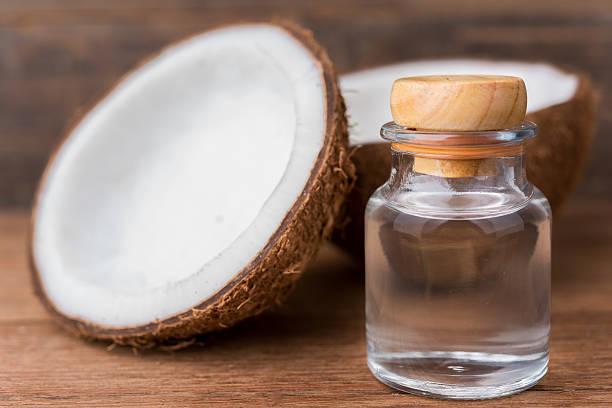THE HORROR THE HORROR
URINARY INCONTINENCE AND PROBIOTICS
Many people may still believe that urine is sterile but certain detection procedures such as enhanced urine cultures and DNA sequencing have shown otherwise.
Advanced technologies have allowed for the identification of low levels of microorganisms that were not previously detected using conventional methods. This has altered how we think about the urinary tract when it is both healthy and unwell. We now recognize the bladder, and other parts of the human body, to be widely colonized by microorganisms.
Research and scientific investigations have studied which microorganisms make up the urinary microbiome, and how particular changes in the microbiome may result in, or be a result of disease.
Lactobacillus is the most common type of bacteria in the female urinary microbiome, but other species of bacteria including Streptococcus, Staphylococcus, Aerococcus, Gardnerella, and Bifidobacterium are also present.
There is evidence that the urinary microbiome also alters with age. In addition, previous studies have shown that women with various urologic conditions, including overactive bladder and interstitial cystitis/bladder pain syndrome, have an altered urinary microbiome.
In a recent publication from the American Journal of Obstetrics and Gynecology, researchers found that women with urinary incontinence, which means, urine loss beyond one’s control, especially with exercise, laughing and other daily activities — had different urinary microbiomes compared with continent women. The microbiomes differed not only in terms of the species of bacteria present, but also in terms of the diversity of species present. Furthermore, women who had stress urinary incontinence (urine loss with physical activity) had different urinary microbiomes compared to women who had urgency urinary incontinence (urine loss with a sudden desire to urinate).
In a sense, these findings are not surprising, given that stress and urgency urinary incontinence have different underlying causes. Stress urinary incontinence is thought to be more of an structural problem (having to do with the anatomy), while urgency urinary incontinence is thought to be more of a physiologic one (how body parts function).
These study findings raise the question of whether differences in the urinary microbiome play a role in causing urinary incontinence, or are a consequence of these conditions. Further research is needed to better understand the connection.
These study findings (2020), may also prompt questions about whether probiotics have a role in managing urinary incontinence. However, most urinary microbiome studies to date are descriptive in nature, and have not looked into probiotic use for the treatment of most urologic conditions. However, there are some studies that suggest Lactobacillus-based probiotics may be effective in preventing urinary tract infections.
It is clear that urinary incontinence is also caused by an easily treatable medical condition, such as a Urinary tract infection. Infections can irritate your bladder, causing you to have strong urges to urinate and, sometimes, incontinence.
Women who are prone to having regular UTIS (Urinary Tract Infections) may also experience incontinence and can benefit greatly from probiotics and dietary changes.
New research about the urinary microbiome reflects an important step in the search to increase the treatment options available to women with urinary incontinence and other urologic conditions.




